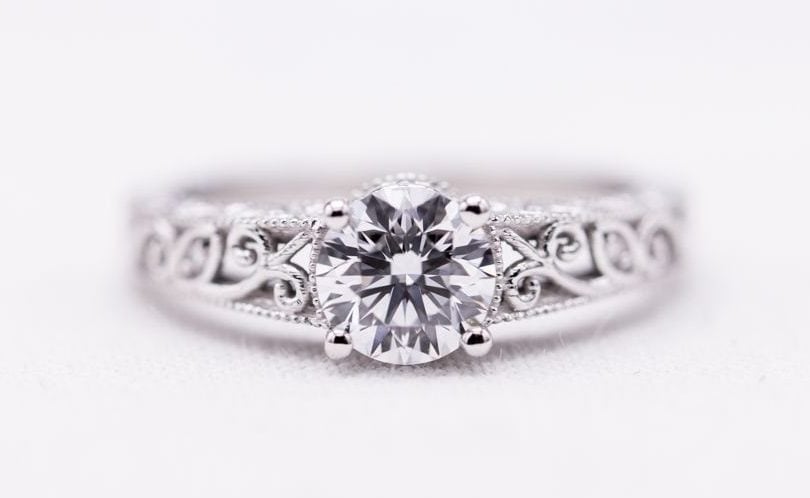Diamond Specialist Certification Course
Lab-Created Diamonds: the Ultimate Guide
By International Gem Society, updated on
Lab-Created Diamonds are Real Diamonds
Lab-created, lab-grown, or synthetic diamonds have the same optical, physical, and chemical properties as their mined counterparts. The only significant difference between a lab-created and mined diamond is that one forms in a controlled environment in a laboratory, the other forms over time in the uncontrolled environment of the Earth. Both lab-created and natural diamonds are real diamonds.
International Gem Society
Never Stop Learning
When you join the IGS community, you get trusted diamond & gemstone information when you need it.
Get Gemology Insights
Get started with the International Gem Society’s free guide to gemstone identification. Join our weekly newsletter & get a free copy of the Gem ID Checklist!
